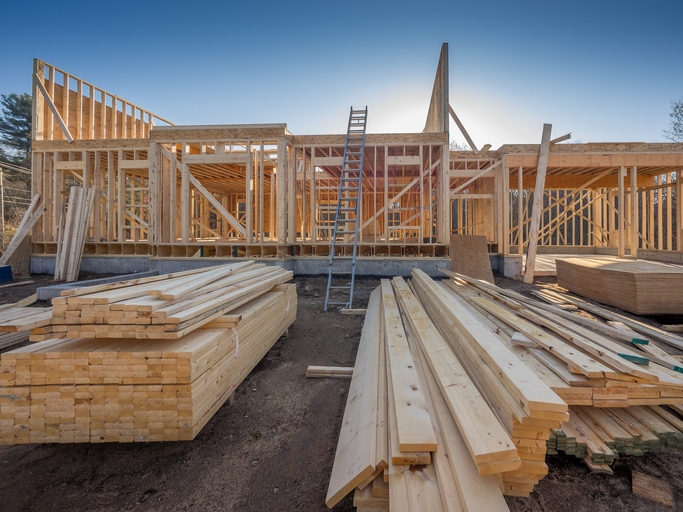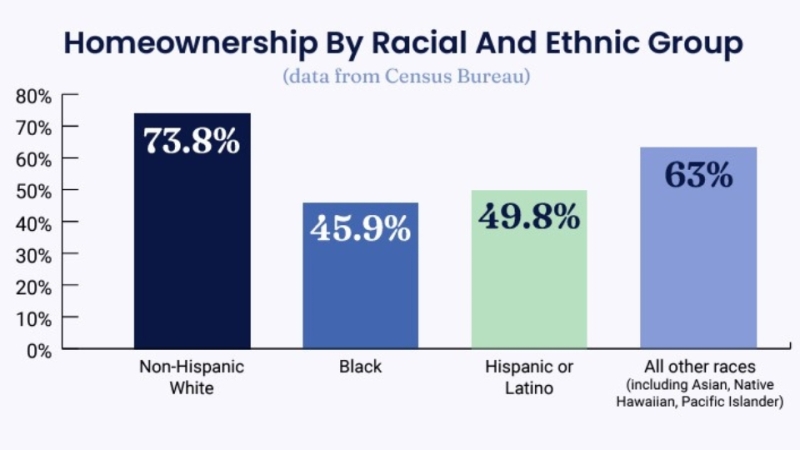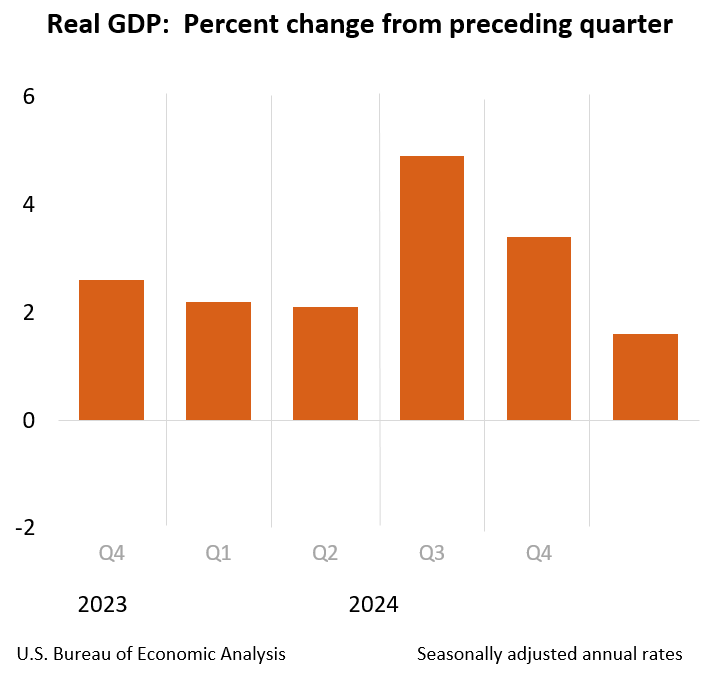Advertisement
Single-Family Housing Starts, Builder Confidence Up

Single-family housing starts in June were at a rate of 847,000, according to data from the U.S. Census Bureau and the Department of Housing & Urban Development (HUD). This rate is 3.5 percent above the revised May figure of 818,000. Privately-owned housing starts in June were at a seasonally adjusted annual rate of 1,253,000, which is 0.9 percent below the revised May estimate of 1,265,000, but is 6.2 percent above the June 2018 rate of 1,180,000.
Single-family authorizations in June were at a rate of 813,000, a 0.4 percent uptick from the revised May figure of 810,000. Privately-owned housing units authorized by building permits in June were at a seasonally adjusted annual rate of 1,220,000, down 6.1 percent from the revised May rate of 1,299,000 and down 6.6 percent from the June 2018 rate of 1,306,000.
Single-family housing completions in June were at a rate of 870,000, a 1.8 percent drop from the revised May rate of 886,000. Privately-owned housing completions in June were at a seasonally adjusted annual rate of 1,161,000, down 4.8 percent from the revised May estimate of 1,220,000 and down 3.7 percent from the June 2018 rate of 1,205,000.
Separately, the latest National Association of Home Builders (NAHB)/Wells Fargo Housing Market Index (HMI) recorded a one-point increase in builder confidence in the market for newly-built single-family, with the HMI reaching 65 for July. All the HMI indices were up by a single point for the month: The index measuring current sales conditions reached 72, the component gauging expectations in the next six months inched higher to 71 and the metric charting buyer traffic increased to 48. For the three-month moving averages for regional HMI scores, the South was up by one point to 68 and the West was also up one point to 72 while the Northeast remained unchanged at 60 and the Midwest dropped by a single point to 56.
“Builders report solid demand for single-family homes,” said NAHB Chairman Greg Ugalde, a home builder and developer from Torrington, Conn. “However, they continue to grapple with labor shortages, a dearth of buildable lots and rising construction costs that are making it increasingly challenging to build homes at affordable price points relative to buyer incomes.”
About the author





